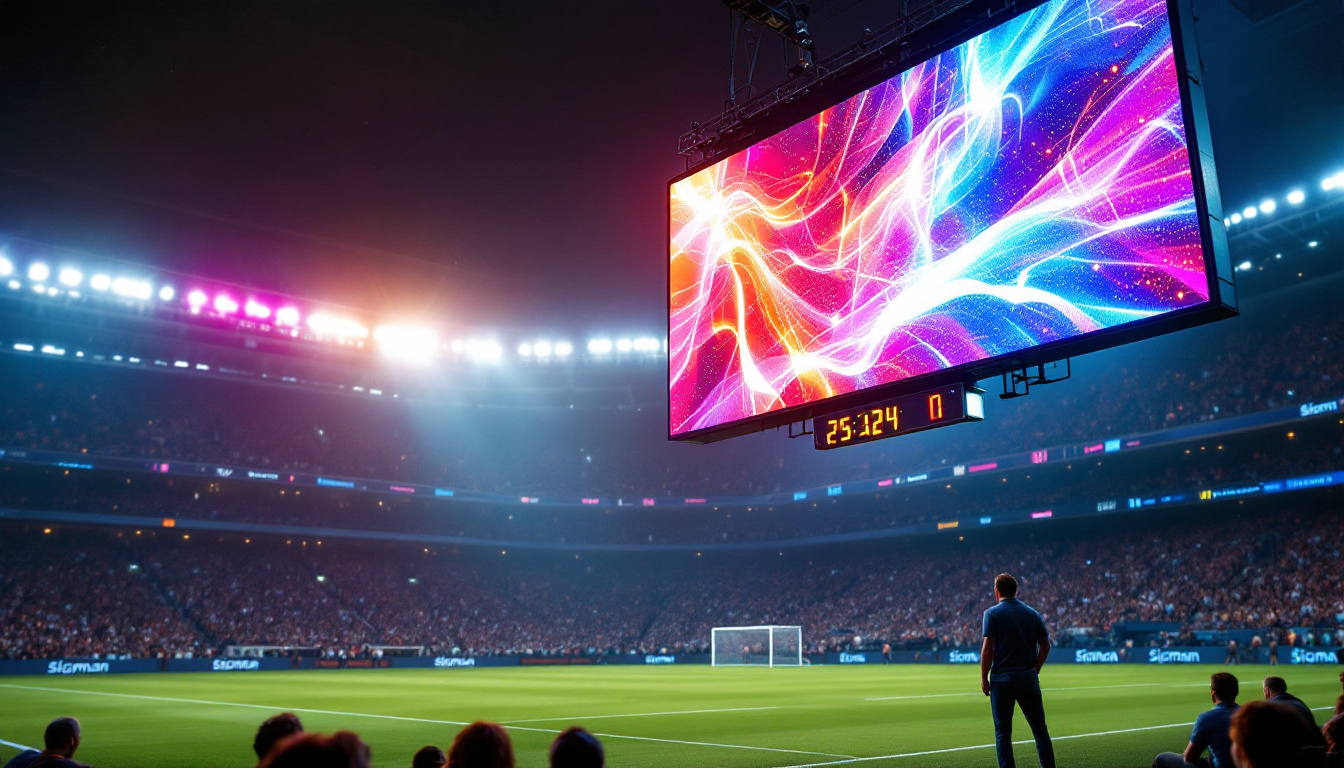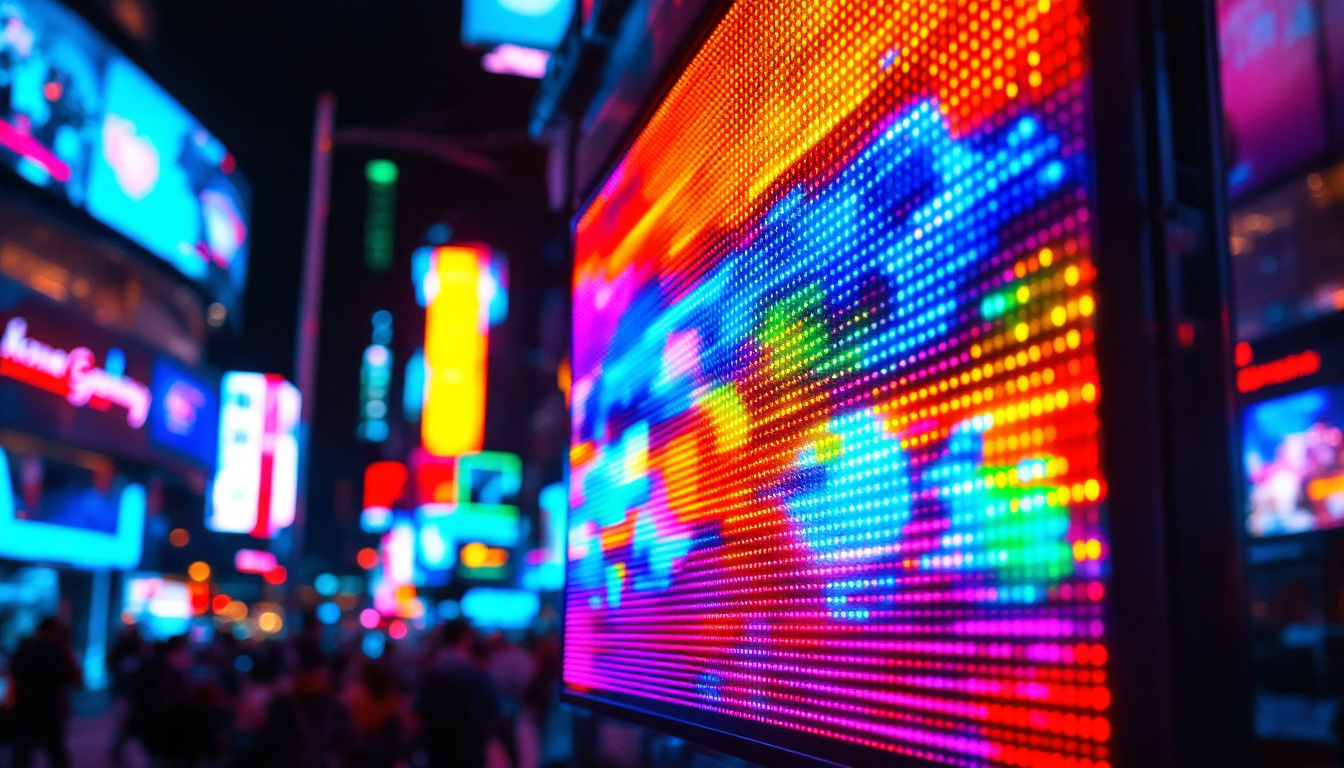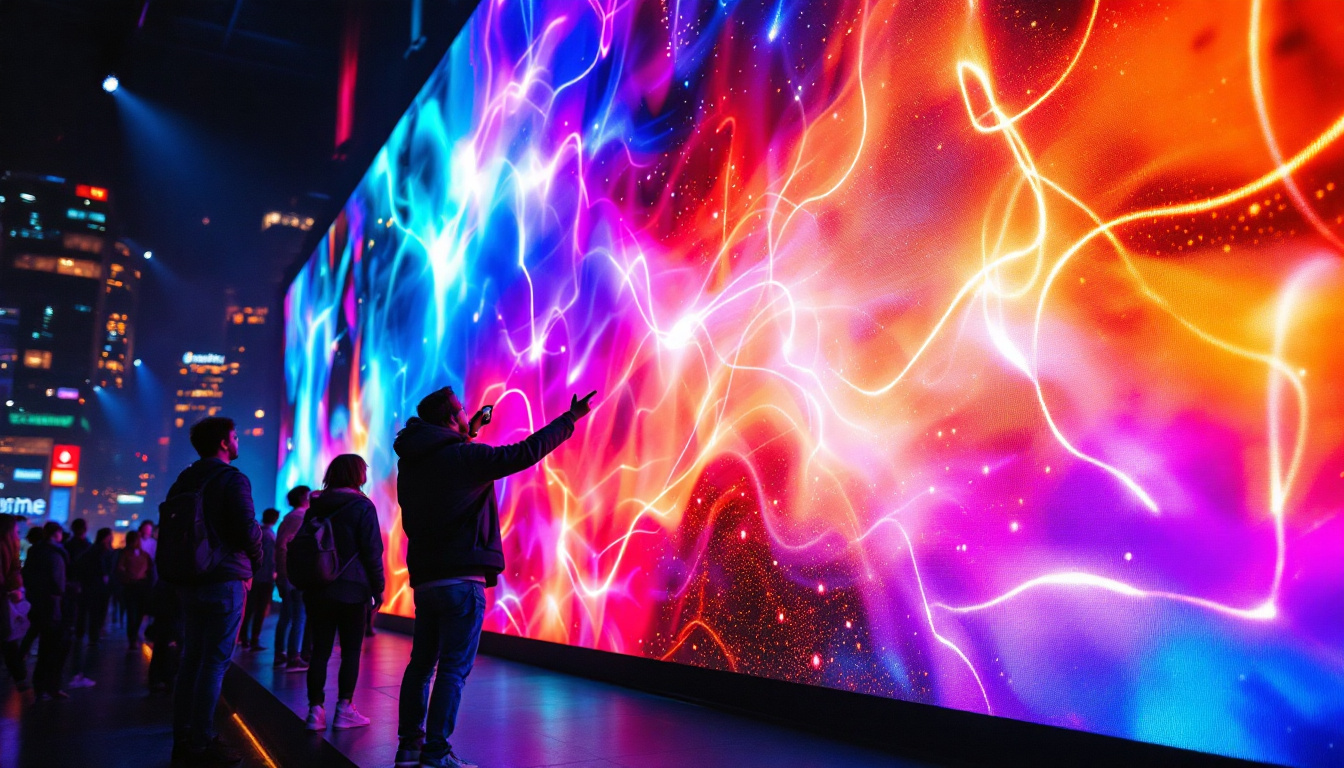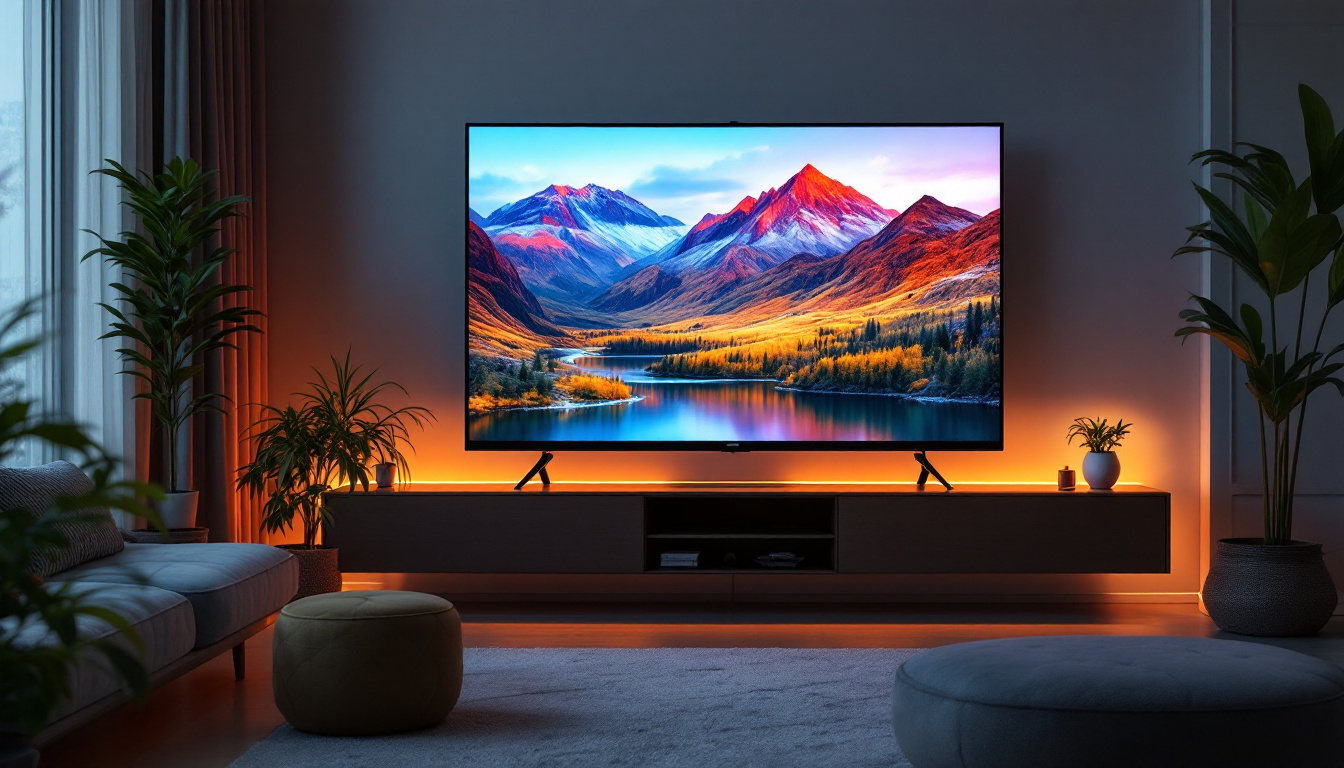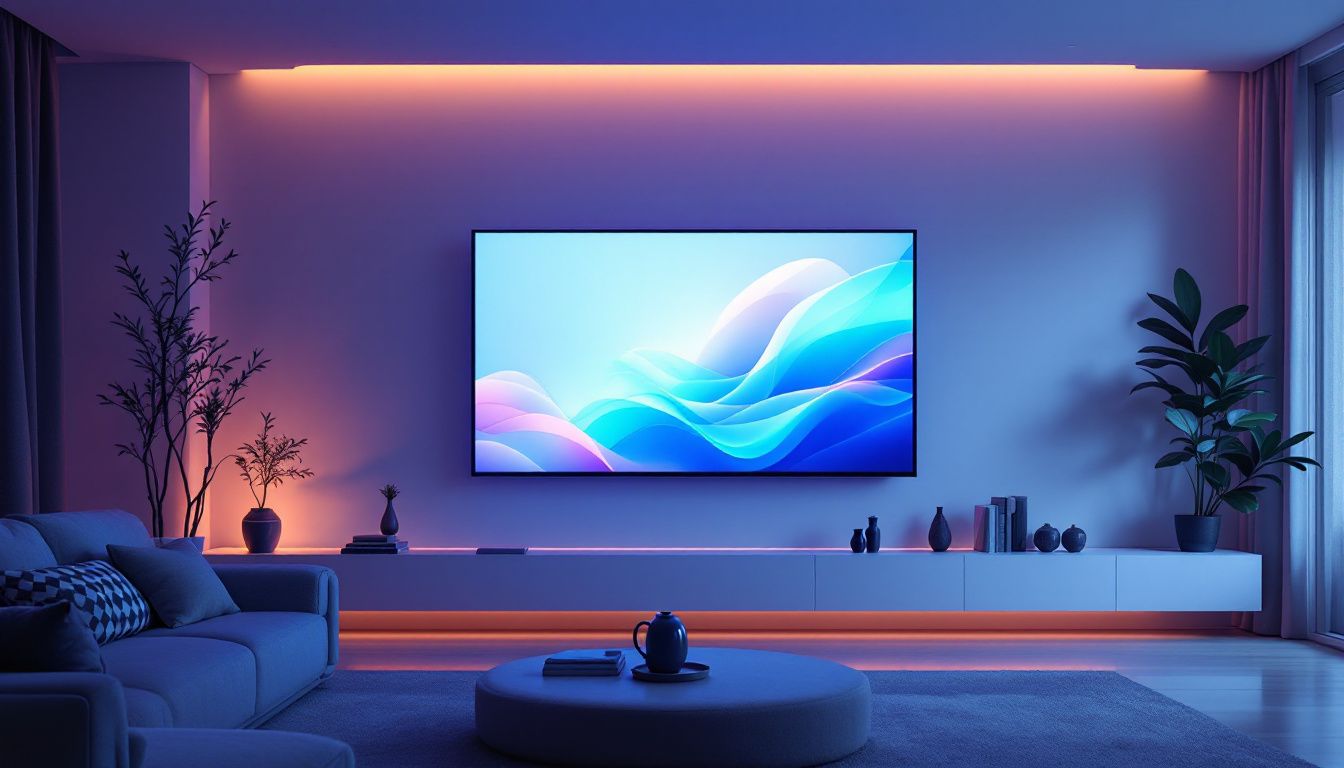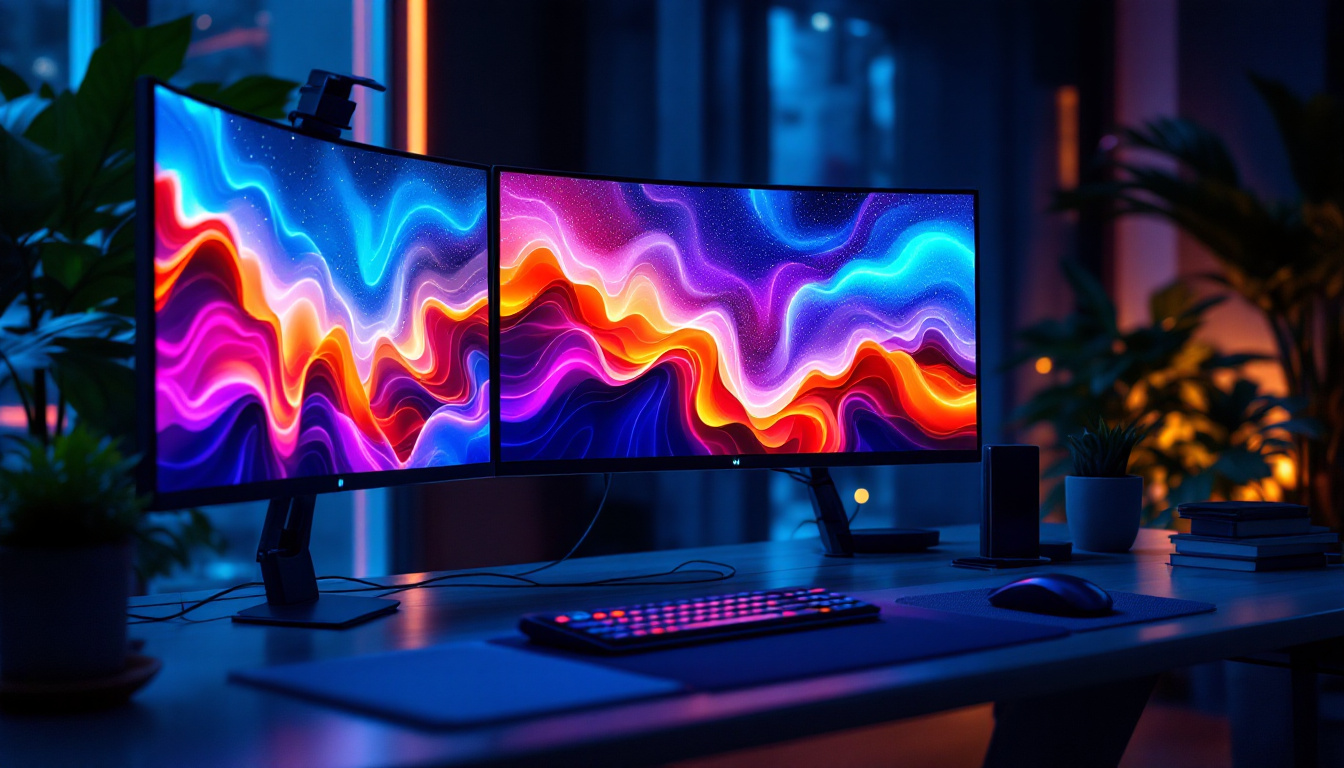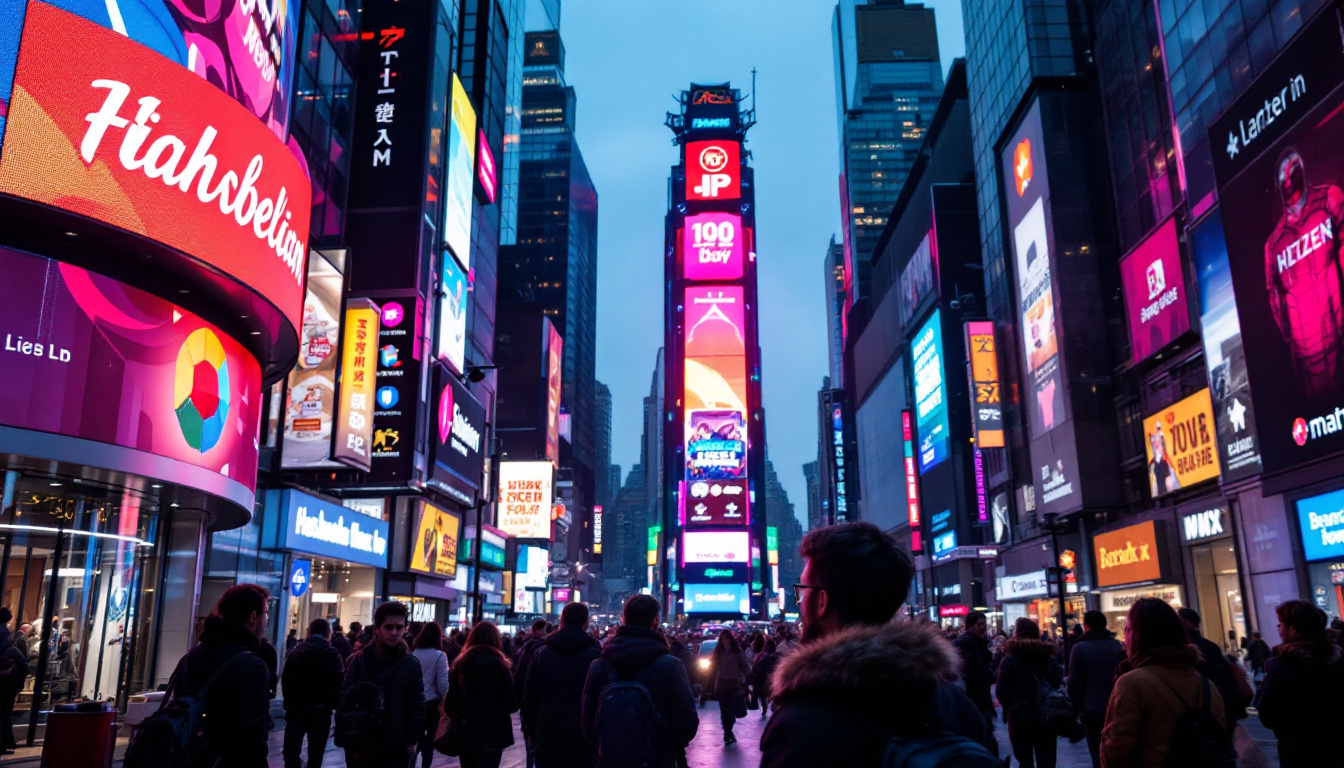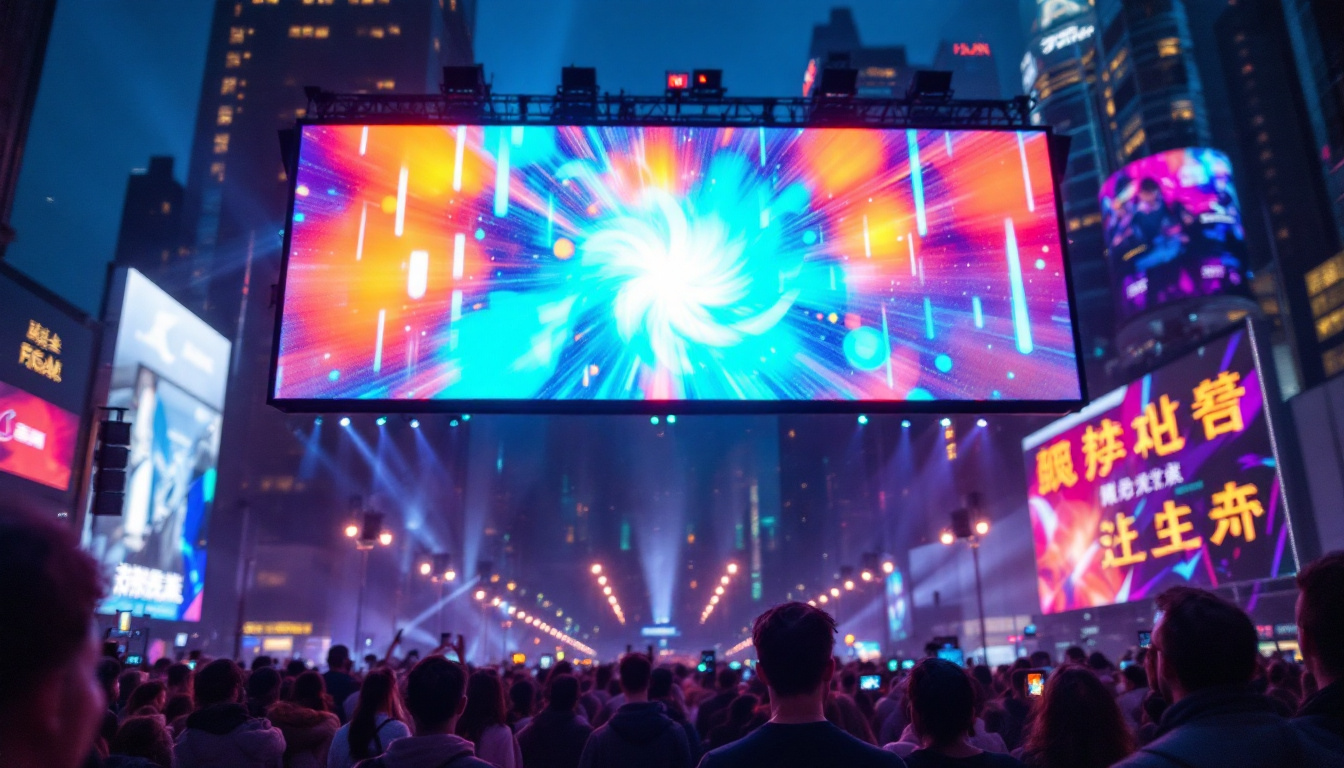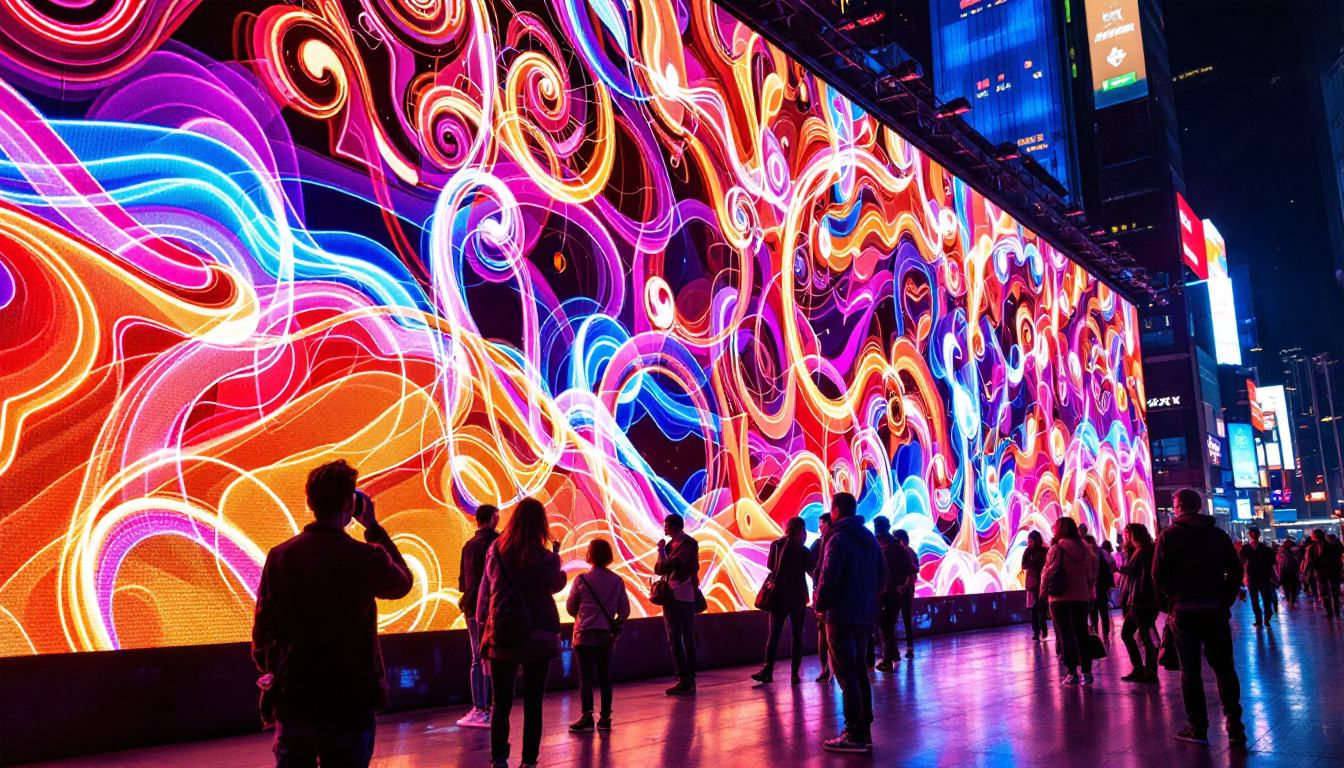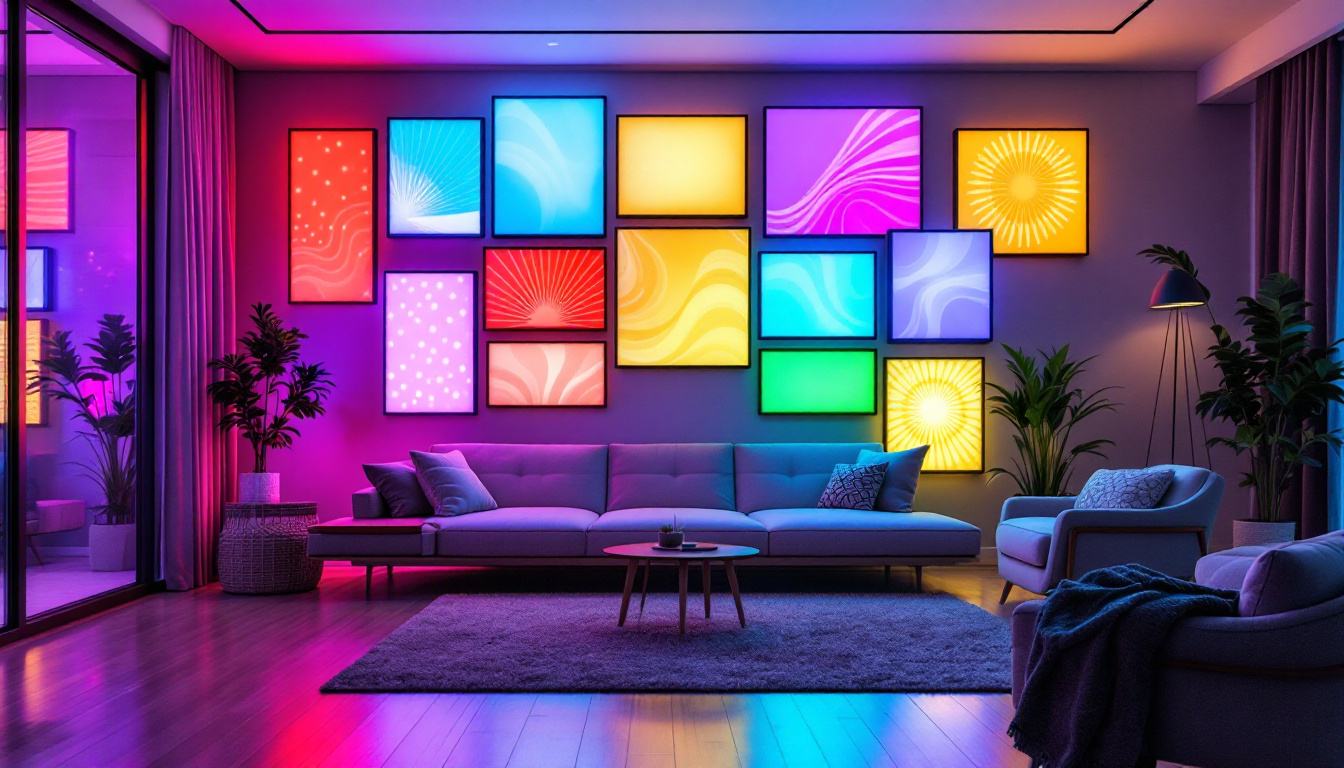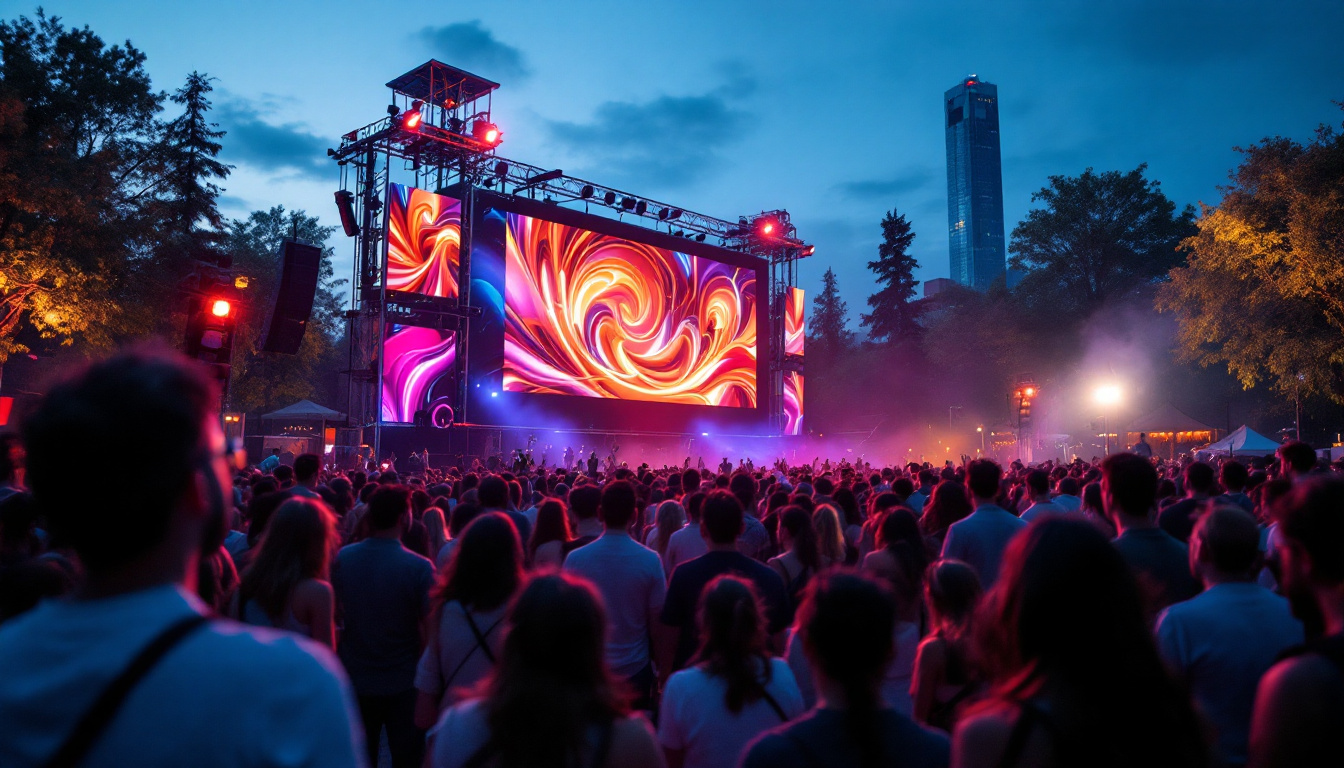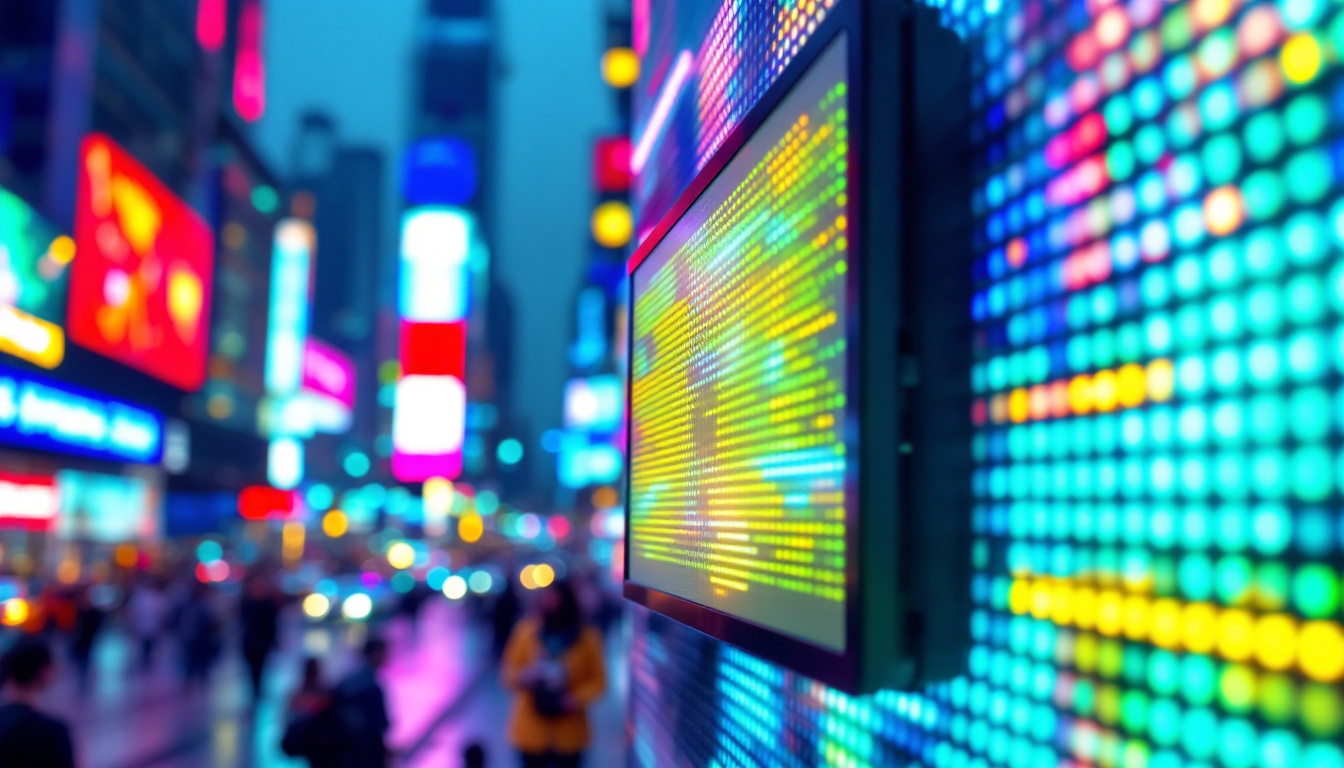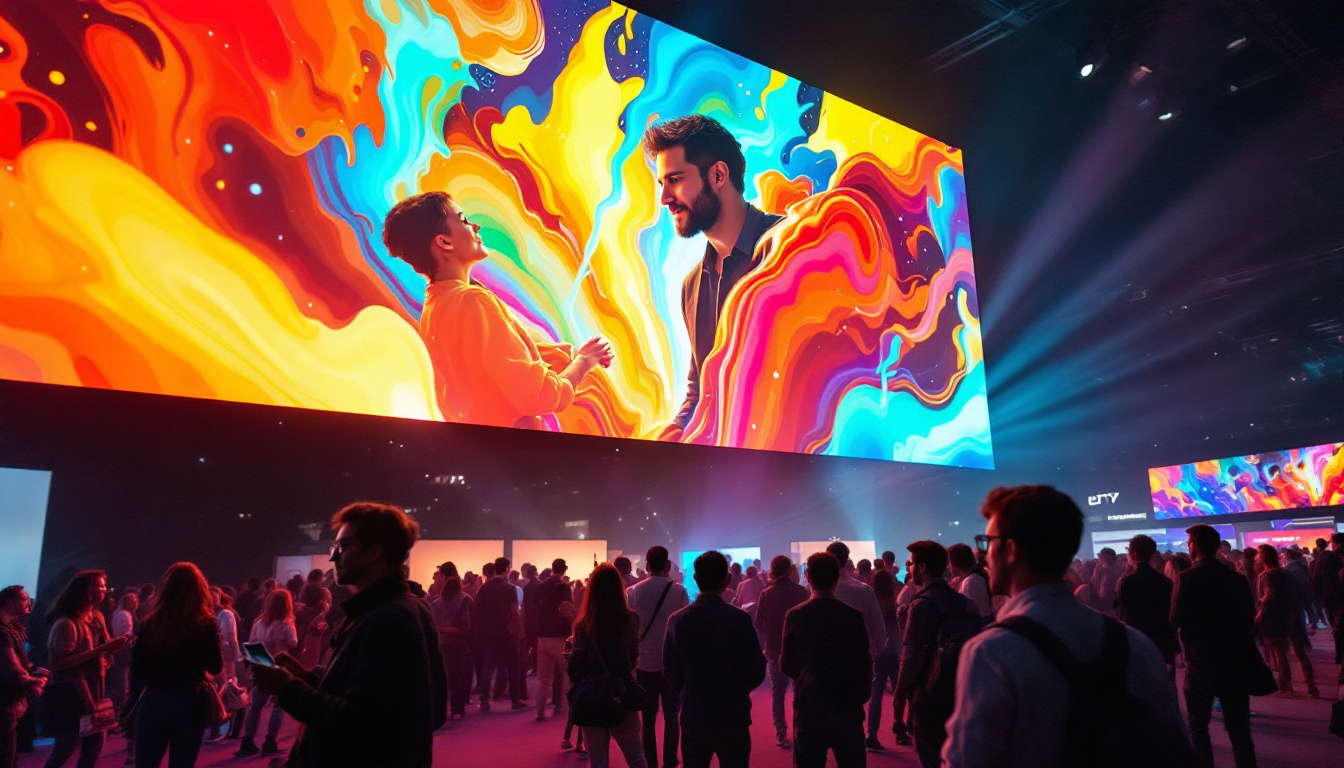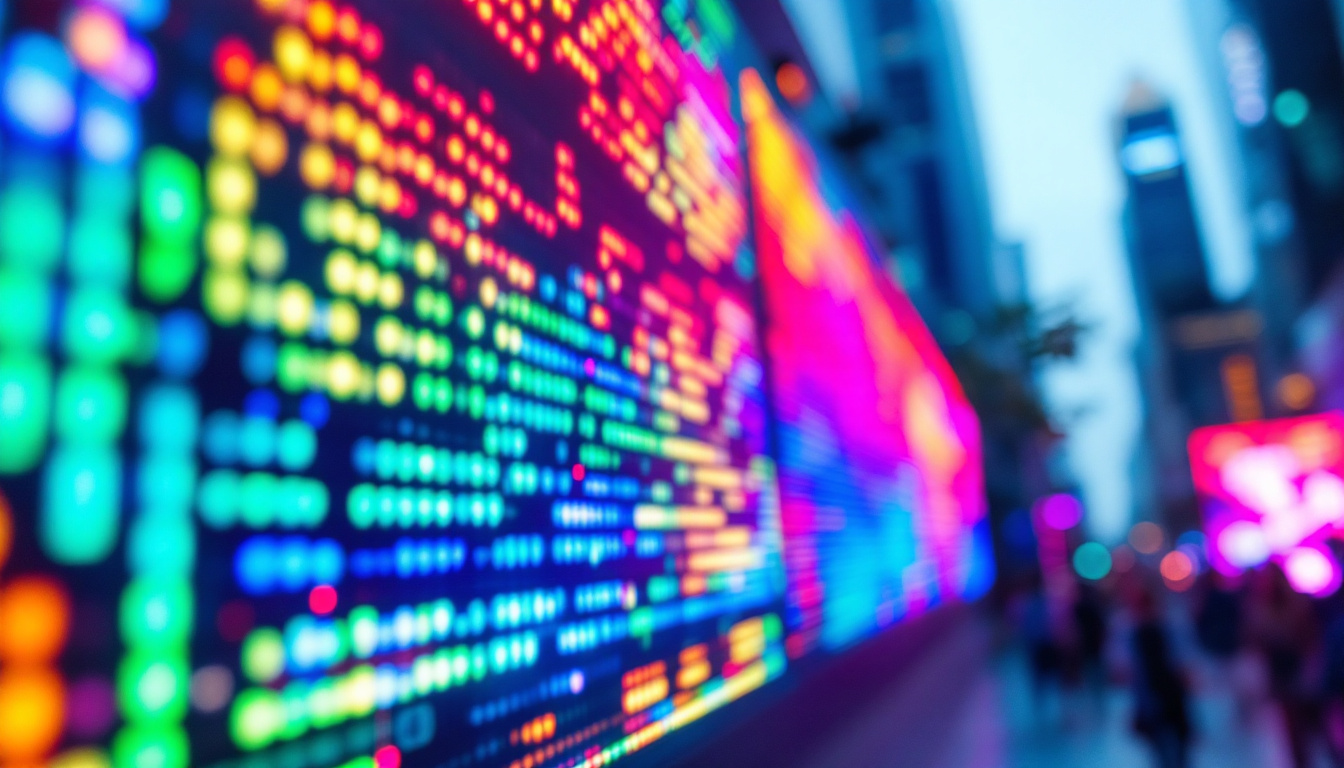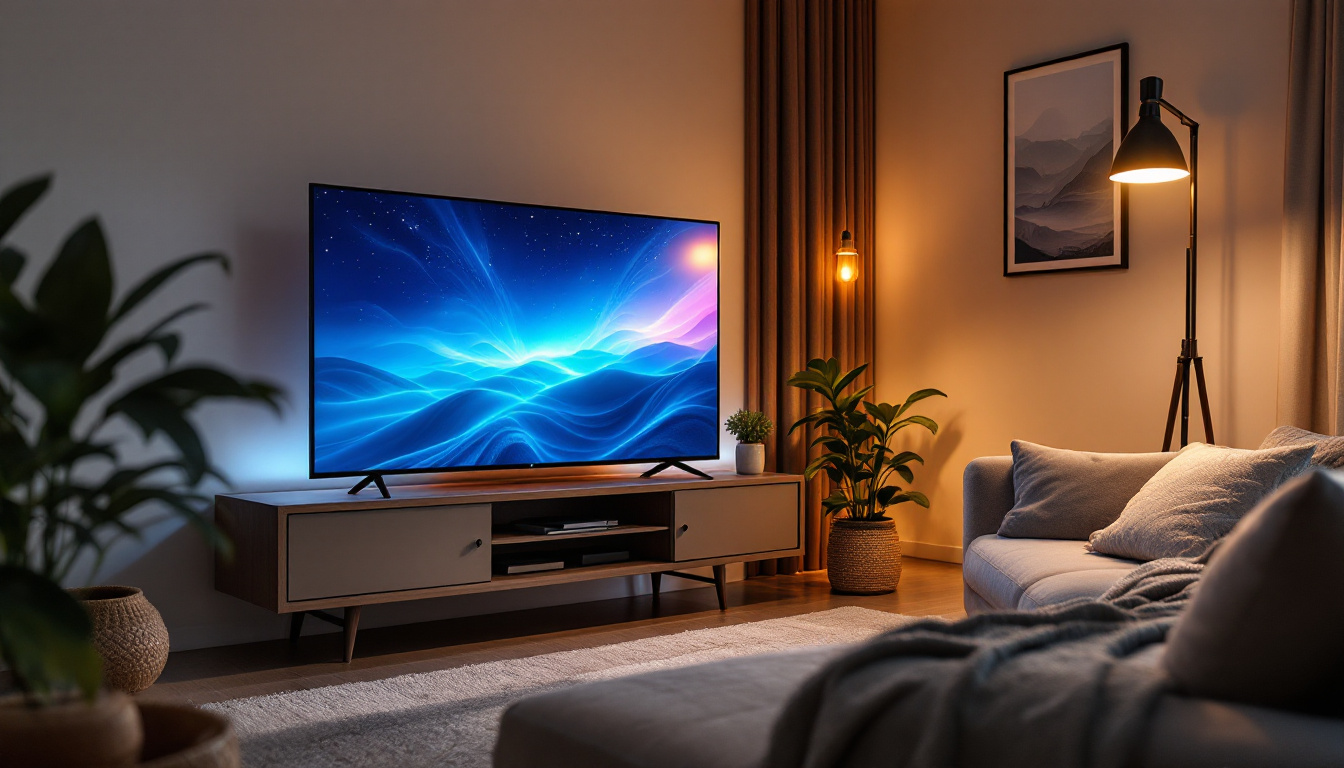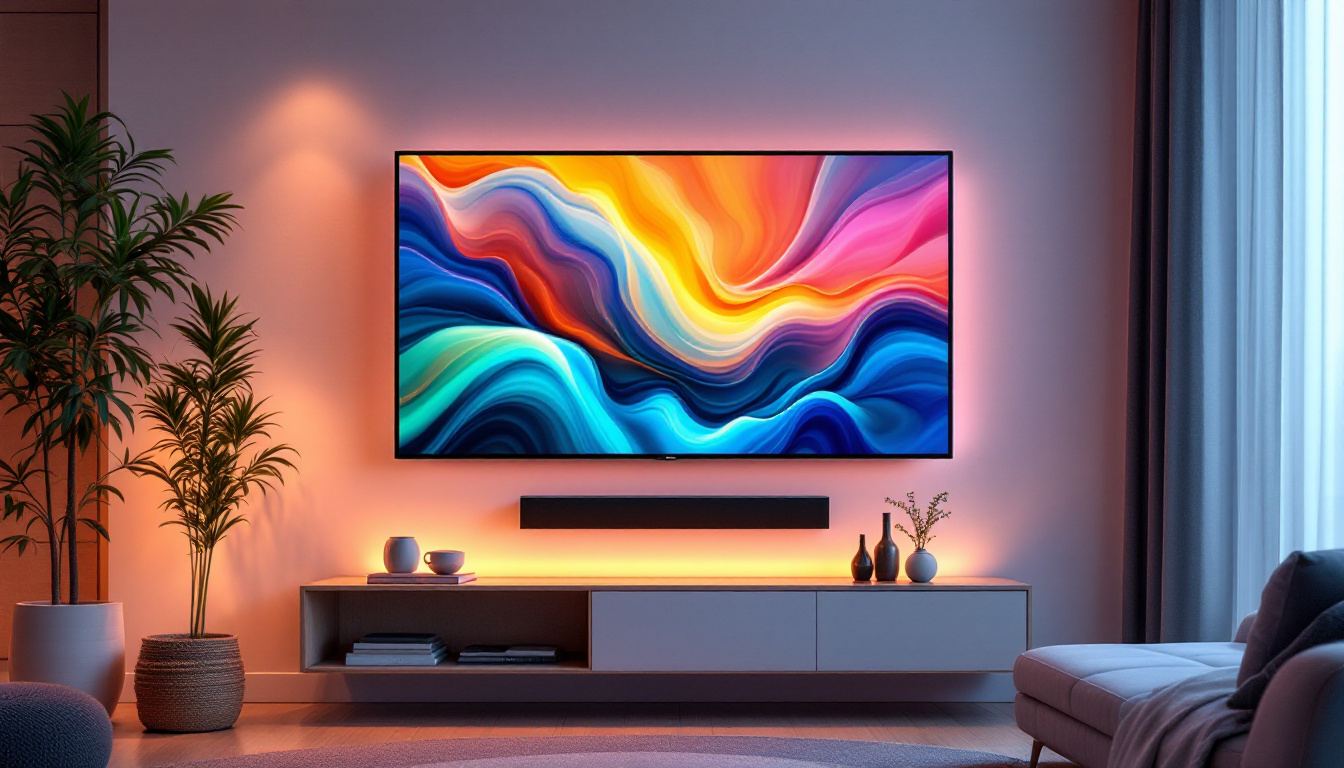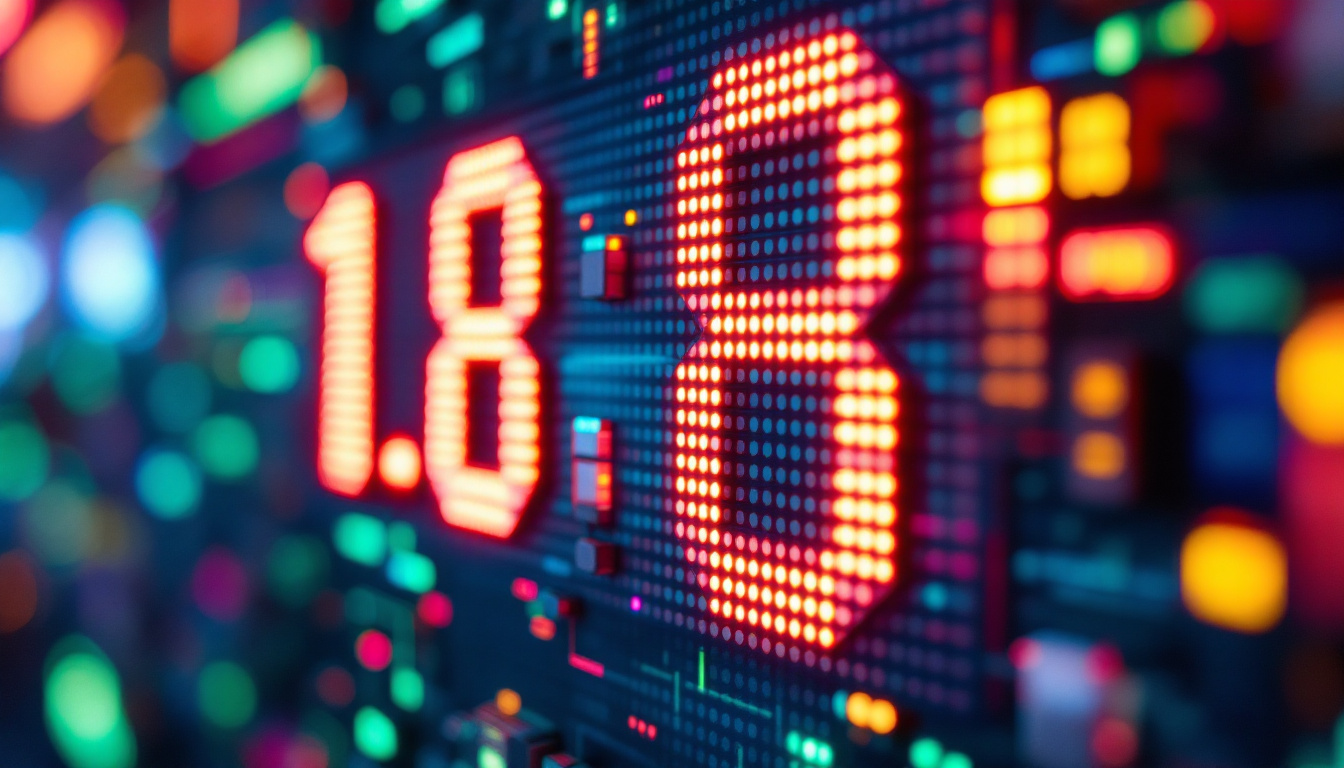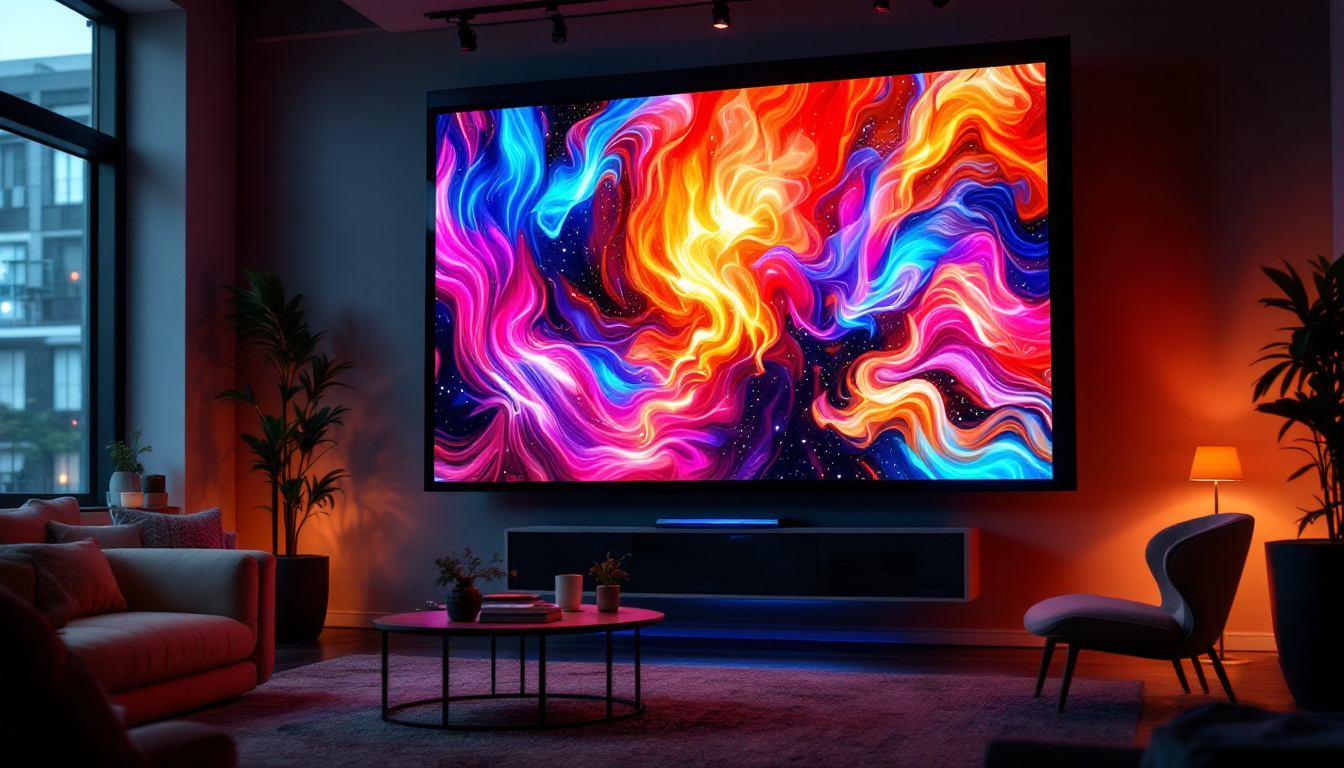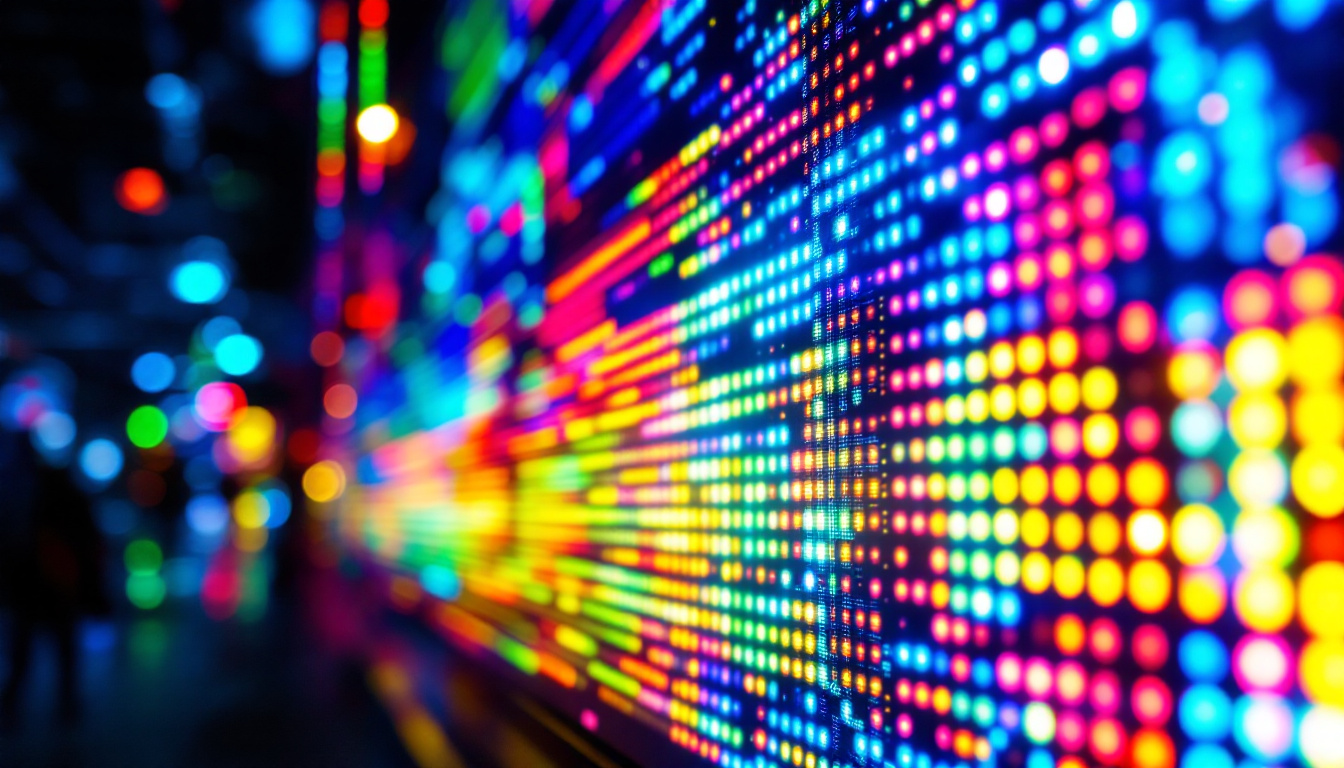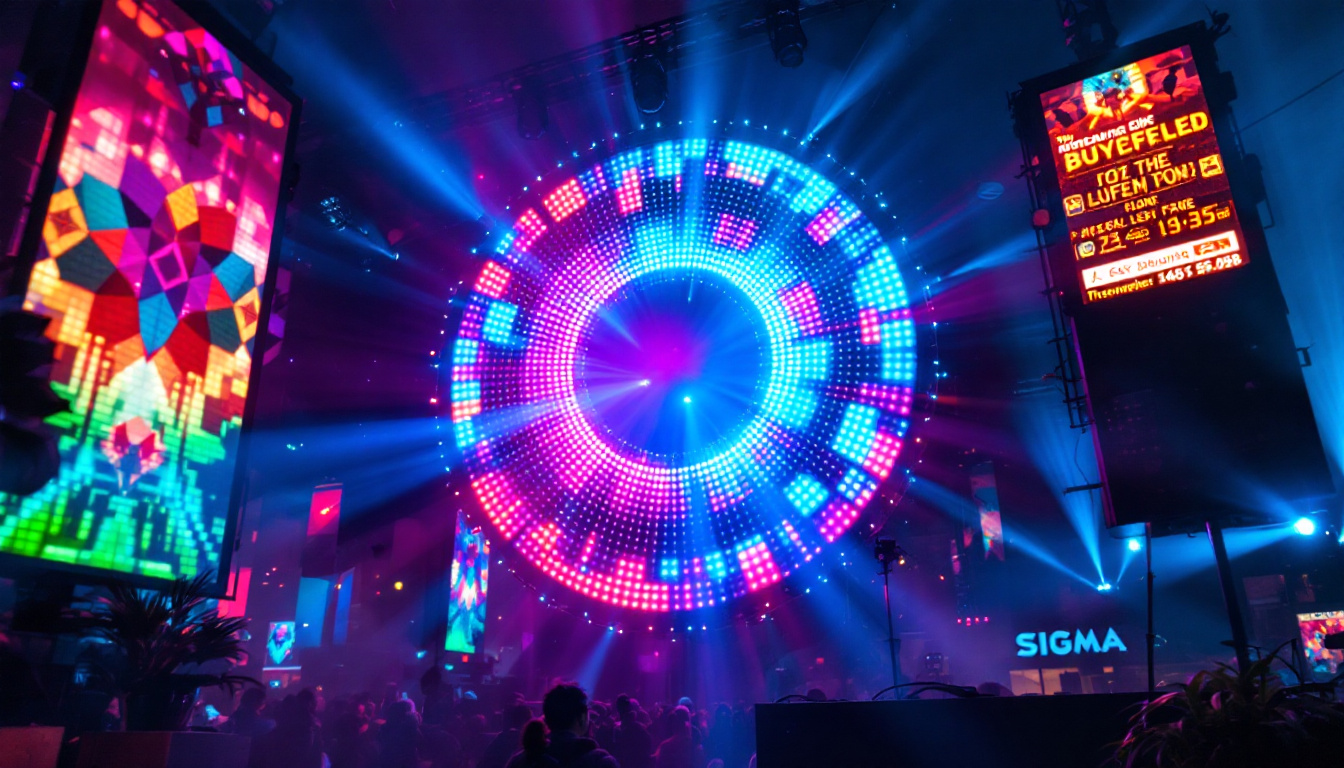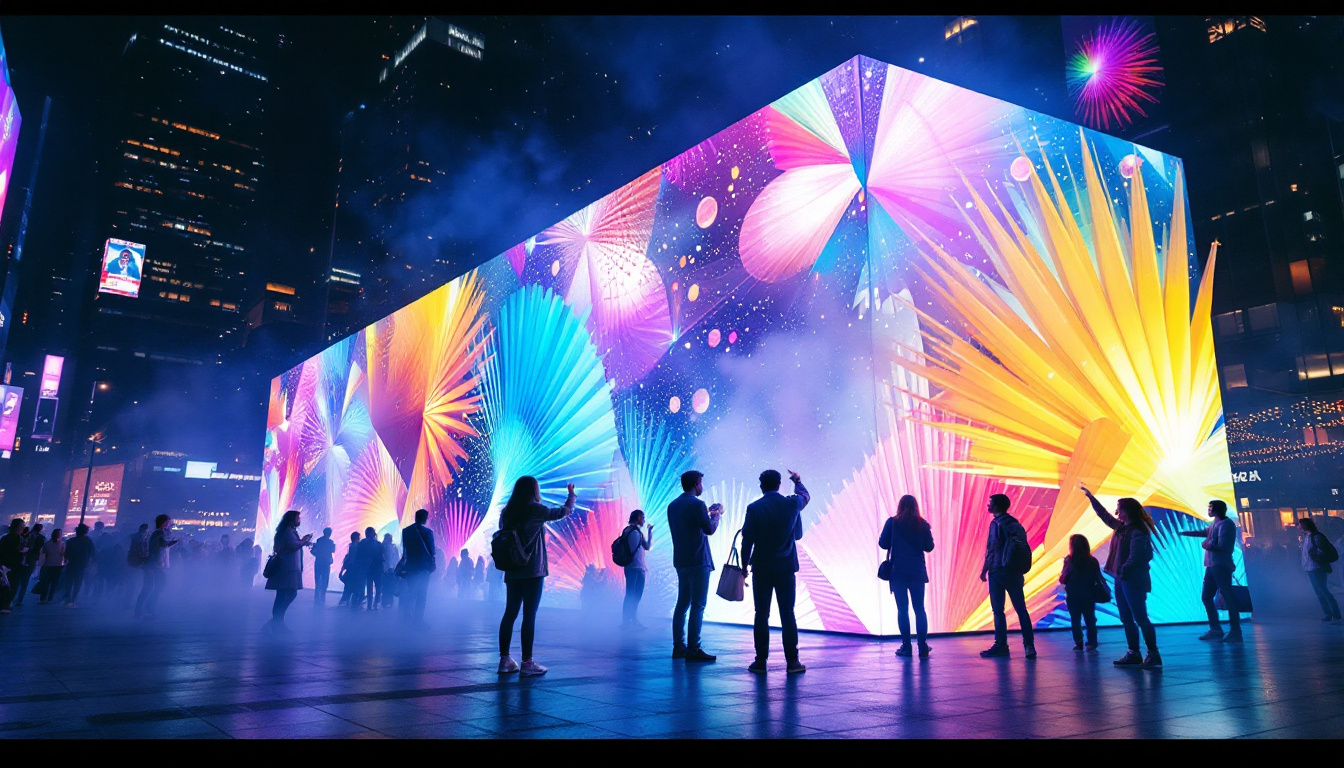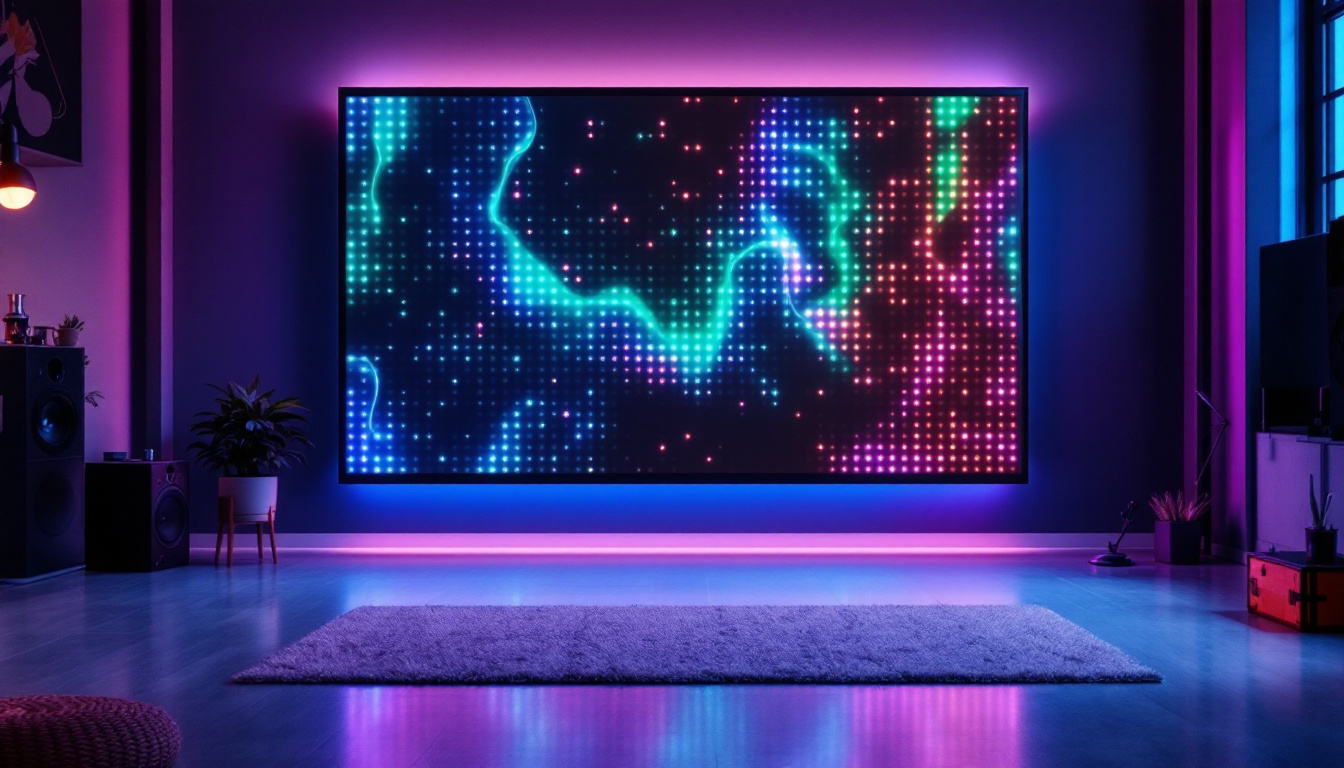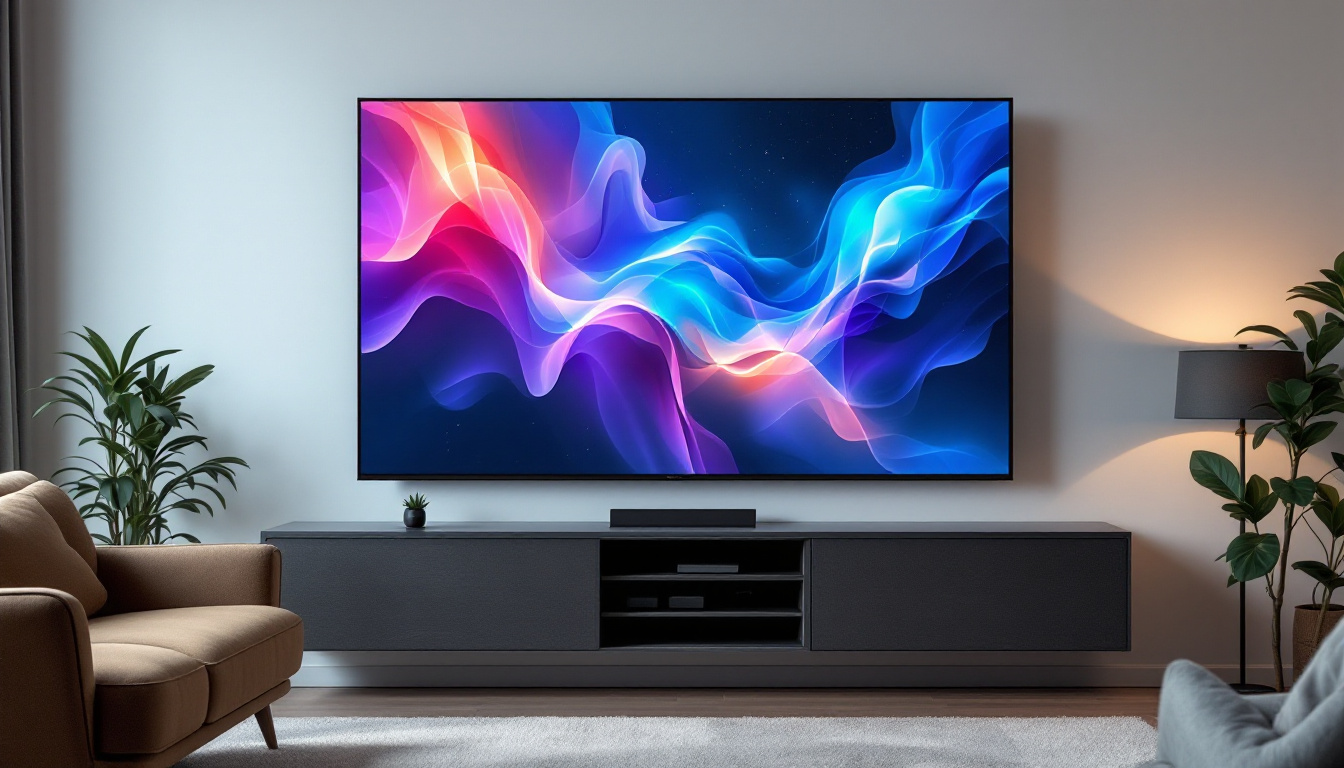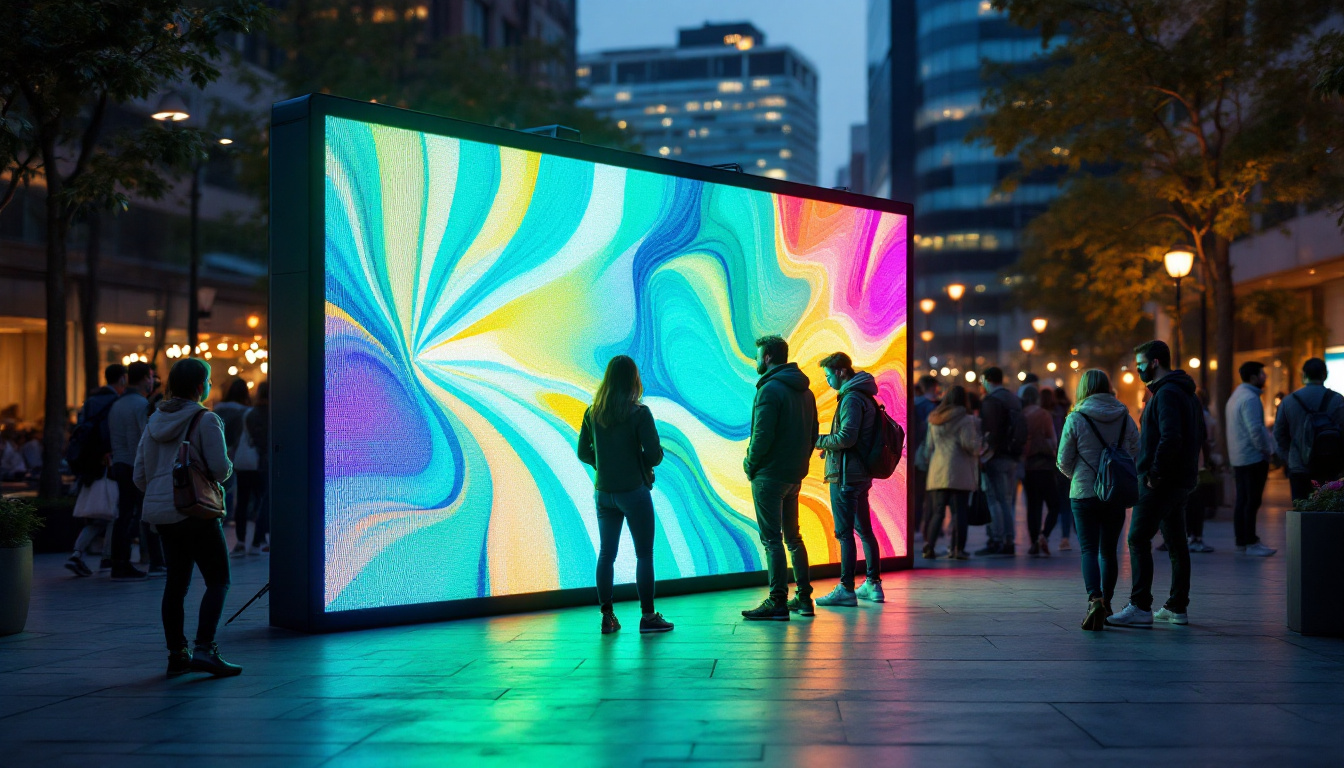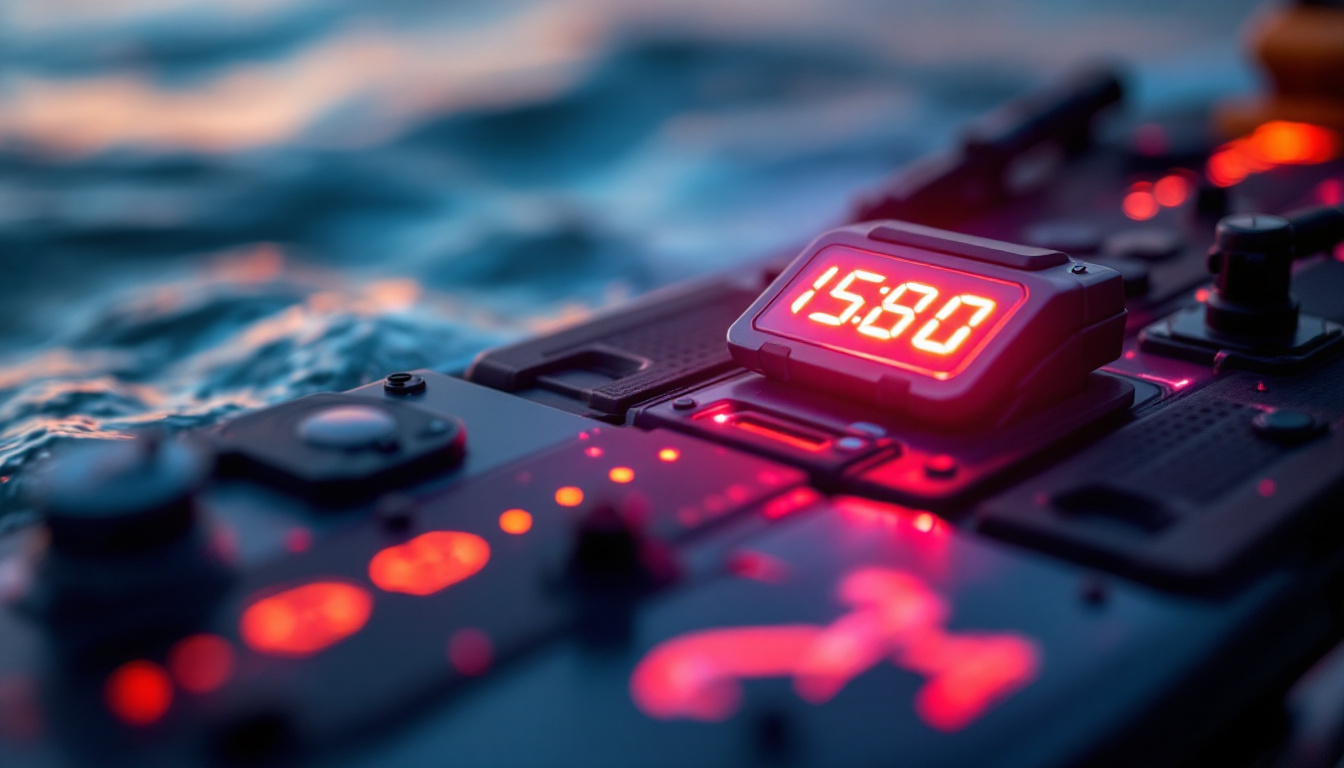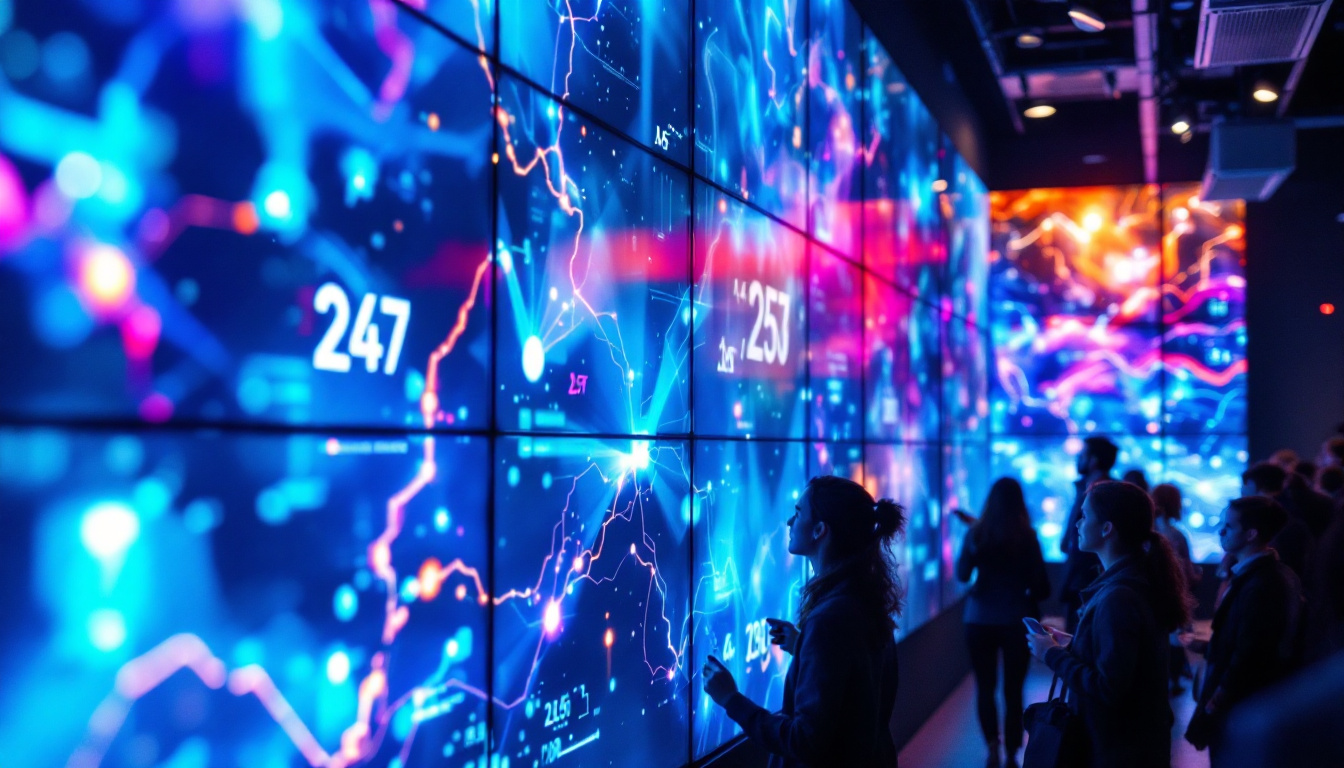In the fast-paced world of sports and events, keeping track of scores and time is crucial. Traditional scoreboards have evolved significantly, giving way to modern LED displays that offer a range of functionalities beyond mere scorekeeping. This article delves into the intricacies of LED displays used in visual scoreboards, highlighting their advantages, technology, applications, and future trends.
Understanding LED Display Technology
LED, or Light Emitting Diode, technology has transformed the way information is displayed in various settings, including sports arenas, concert venues, and public spaces. At its core, an LED display consists of numerous tiny light-emitting diodes that work together to create vibrant images and text. The evolution of this technology has not only enhanced the visual experience but has also paved the way for innovative applications in advertising and entertainment.
How LED Displays Work
LED displays function by illuminating individual diodes in various colors. These diodes can emit red, green, or blue light, and by combining these colors in different intensities, a full spectrum of colors can be produced. The arrangement of these diodes forms pixels, which are the building blocks of the display. The more pixels a display has, the higher its resolution, allowing for clearer and more detailed images. This pixel density is particularly crucial in environments where viewers are positioned at varying distances, ensuring that everyone has a high-quality visual experience regardless of their location.
The control system of an LED display is equally important. It receives data from various sources, such as scorekeeping systems or content management software, and translates that data into visual output. This allows for real-time updates, ensuring that spectators are always informed of the latest scores and statistics. Furthermore, advanced control systems can integrate with social media feeds, enabling live interactions and audience engagement, which adds an interactive layer to events and enhances the overall atmosphere.
Advantages of LED Displays
LED displays offer several advantages over traditional scoreboard technologies. One of the most significant benefits is visibility. LED displays are exceptionally bright and can be seen clearly even in direct sunlight, making them ideal for outdoor venues. Additionally, the high contrast ratio of LED screens ensures that information is legible from long distances. This capability is particularly beneficial during large-scale events, where thousands of spectators need to view the same information simultaneously without any loss of clarity.
Another advantage is versatility. LED displays can be programmed to show a variety of content, from scores and player statistics to advertisements and promotional messages. This adaptability makes them a valuable asset for event organizers looking to engage audiences and create a dynamic viewing experience. Moreover, with the advent of programmable LED technology, displays can be customized for different events, allowing for unique visual themes that resonate with the audience. This ability to tailor content not only enhances the viewer’s experience but also opens up new revenue streams through targeted advertising, making LED displays a smart investment for venues and advertisers alike.
Applications of LED Scoreboards
LED scoreboards are not limited to just sports; they have a wide range of applications across various industries. Their ability to display real-time information makes them suitable for any environment where timely updates are essential.
Sports Venues
In sports venues, LED displays are primarily used to show scores, player statistics, and game time. They can also be utilized for instant replays, enhancing the spectator experience. Many modern stadiums feature large LED screens that not only serve as scoreboards but also as entertainment hubs, displaying highlights, fan interactions, and live feeds.
Moreover, LED scoreboards can be integrated with other technologies, such as RFID systems for player tracking, providing fans with real-time data on player performance. This integration elevates the overall experience and keeps fans engaged throughout the event. The dynamic nature of LED displays allows for the incorporation of animations and graphics that can further captivate the audience, creating a vibrant atmosphere that enhances the excitement of live sports.
Corporate and Event Settings
Outside of sports, LED displays are increasingly used in corporate settings for events, conferences, and trade shows. They can display schedules, speaker information, and live social media feeds, ensuring attendees are well-informed. The ability to customize content on LED displays allows companies to tailor their messages to specific audiences, enhancing engagement and communication.
Additionally, LED displays are often utilized for advertising purposes in public spaces. Businesses can showcase promotions, products, and services in a visually appealing manner, capturing the attention of passersby and driving foot traffic. The versatility of LED technology means that these displays can be easily updated, allowing businesses to respond quickly to market trends or special events, ensuring their messaging remains relevant and impactful. Furthermore, the high visibility of LED scoreboards, even in bright daylight, makes them an effective tool for outdoor advertising, reaching a wider audience than traditional static billboards.
Design Considerations for LED Scoreboards
When designing an LED scoreboard, several factors must be considered to ensure optimal performance and user experience. These factors include size, resolution, placement, and content management.
Size and Resolution
The size of an LED scoreboard is a critical consideration. It should be large enough to be visible from all areas of the venue, but not so large that it overwhelms the space. The resolution of the display is equally important; higher resolution displays provide clearer images and text, enhancing readability.
For instance, a scoreboard in a large stadium may require a lower pixel pitch (the distance between pixels) to maintain clarity at a distance, while a smaller venue might benefit from a higher pixel pitch for detailed visuals. Understanding the venue’s layout and audience size is essential for making these decisions. Additionally, the technology behind LED displays continues to evolve, with advancements in pixel density and color accuracy allowing for more vibrant and engaging visuals. This means that designers must stay abreast of the latest innovations to ensure that their scoreboards not only meet current standards but also anticipate future needs.
Placement and Visibility
The placement of the LED scoreboard can significantly impact its effectiveness. Ideally, it should be positioned where it is easily visible to the largest number of spectators. This often means placing it at a central location or high above the audience. Additionally, consideration should be given to potential obstructions, such as beams or other structures that could block the view.
Furthermore, the angle of the display is crucial. A scoreboard that is angled correctly will be visible from a wider range of seats, ensuring that all spectators can easily read the information presented. In addition to physical placement, the lighting conditions of the venue must also be taken into account. For outdoor venues, sunlight can create glare that diminishes visibility, making it essential to choose LED technology that performs well in bright conditions. Indoor venues may require different considerations, such as ambient lighting control to enhance the scoreboard’s visibility during events.
Future Trends in LED Scoreboard Technology
The LED display industry is continuously evolving, with new technologies and trends emerging that promise to enhance the functionality and appeal of scoreboards. As technology advances, so too do the possibilities for LED displays.
Smart Technology Integration
One of the most exciting trends in LED scoreboard technology is the integration of smart technology. This includes features such as remote management, real-time data analytics, and interactive capabilities. With smart technology, operators can easily update content, monitor performance, and analyze viewer engagement from a centralized system.
Moreover, the incorporation of augmented reality (AR) and virtual reality (VR) is beginning to make waves in the sports and entertainment industries. These technologies can create immersive experiences for fans, allowing them to interact with the scoreboard in innovative ways, such as viewing player stats in real-time through AR applications. This not only enhances the spectator experience but also opens up new avenues for advertising and sponsorship opportunities, as brands can engage with fans in a more interactive manner.
Furthermore, the rise of artificial intelligence (AI) is set to revolutionize how scoreboards operate. AI can analyze vast amounts of data to provide insights into game strategies, player performance, and fan preferences. By leveraging machine learning algorithms, scoreboards can adapt their content dynamically, offering tailored experiences that resonate with the audience. This level of personalization is expected to become a key differentiator in the competitive landscape of sports entertainment.
Energy Efficiency and Sustainability
As environmental concerns continue to grow, the demand for energy-efficient solutions is rising. LED displays are already more energy-efficient than traditional display technologies, but advancements in LED technology are making them even more sustainable. Newer models consume less power and have longer lifespans, reducing waste and energy costs.
Additionally, manufacturers are exploring eco-friendly materials and production methods to minimize the environmental impact of LED displays. This shift towards sustainability is not only beneficial for the planet but also appeals to consumers who prioritize environmentally responsible practices. Many organizations are now seeking certifications for their LED products, such as Energy Star or RoHS compliance, to showcase their commitment to sustainability.
In tandem with these developments, the concept of circular economy is gaining traction within the industry. This approach emphasizes the reuse and recycling of materials, encouraging manufacturers to design scoreboards that can be easily disassembled and repurposed at the end of their lifecycle. By adopting such practices, the LED scoreboard industry can significantly reduce its carbon footprint and contribute to a more sustainable future, aligning with global efforts to combat climate change.
Conclusion
LED displays have revolutionized the way scores and information are presented in various settings, particularly in sports venues. Their bright, vibrant visuals and versatility make them an essential tool for engaging audiences and enhancing the overall experience. As technology continues to advance, the future of LED scoreboards looks promising, with innovations in smart technology and sustainability leading the charge.
Whether in a stadium, corporate event, or public space, LED displays are set to play a pivotal role in how information is communicated and experienced. Embracing these advancements will not only improve the spectator experience but also pave the way for new opportunities in engagement and interaction.
Explore the Future of Visual Storytelling with LumenMatrix
Ready to elevate your audience’s experience with the latest in LED display technology? LumenMatrix is at the forefront of innovation, offering a comprehensive range of LED display solutions tailored to your needs. From vibrant Indoor and Outdoor LED Wall Displays to dynamic Vehicle and Sports LED Displays, our products are designed to captivate and engage. Discover the transformative power of our Floor, Custom, All-in-One, and Transparent LED Displays, and see how our commitment to cutting-edge technology can revolutionize your visual communication. Check out LumenMatrix LED Display Solutions today and step into the future of digital storytelling.

